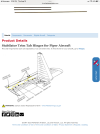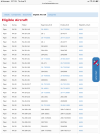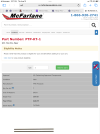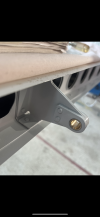robertb
Pre-Flight
Hello everyone,
At the suggestion of my mechanic, I am looking to replace the aileron and elevator hinge pins on a Cessna 182P and 1976 Piper Archer. I have looked at the parts manuals and do not see the pins being available separately from the two hinge-halves. Aircraft Spruce has some pin material available (https://www.aircraftspruce.com/catalog/mepages/hingepin-ss.php?clickkey=7896) at 0.089" diameter. I'll need to remove one of my hinge pins (under A&P supervision, of course) and measure it. Anyone have experience of knowledge on replacement pin materials?
At the suggestion of my mechanic, I am looking to replace the aileron and elevator hinge pins on a Cessna 182P and 1976 Piper Archer. I have looked at the parts manuals and do not see the pins being available separately from the two hinge-halves. Aircraft Spruce has some pin material available (https://www.aircraftspruce.com/catalog/mepages/hingepin-ss.php?clickkey=7896) at 0.089" diameter. I'll need to remove one of my hinge pins (under A&P supervision, of course) and measure it. Anyone have experience of knowledge on replacement pin materials?






